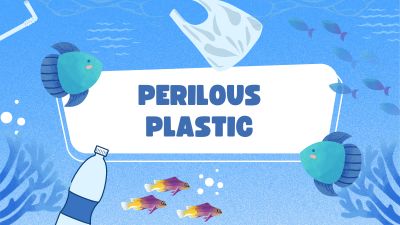The trophy is home! The Men in Blue are the champions of the world! Savour the moments of victory with this puzzle.

When India and South Africa faced off at the finals of the ICC Men’s T20 World Cup 2024 at Bridgetown in Barbados on June 29, both of them were unbeaten in the tournament. Whichever team won that day would set the record for most wins in a single tournament.
After a scintillating display of cricketing talent, the Indian team led by Rohit Sharma emerged victorious, beating South Africa by 7 runs to clinch the trophy. It was India’s second T20 World Cup trophy, the first being in 2007.
The Men in Blue’s moments of victory will remain memorable for a long, long time indeed. Here’s one such snapshot. Can you piece it together?
Photos: ANI
Do you like music? Can you mark the names of the musical instruments in this story?

How familiar are you with musical instruments? Let’s have some fun checking it out, shall we?

What if plastic could talk? What would it say to us? Read on and find out.

I’m the thing you love to hate, but just can’t seem to live without. Want to know who I am? Read on.

Psst! In 2011, Plastic Free Foundation, an Australian NGO, started Plastic-Free July. This global movement aims to raise awareness about the need to find reusable alternatives to plastic. Everyone can make a difference in their own little way, even you.
Two pictures that look alike. But they’re not. Can you find the 10 things that make them different?

How keen an observer are you? Set yourself a time limit and spot the 10 differences between these two images.
What do you know about polar animals? A quiz to help you find out. Get started now.

What are polar animals? Simply put, they are animals that live in polar habitats found in the Arctic and Antarctic. These include emperor penguins, blue whales, and more.
How many more of these types of creatures do you know of? Well, here’s a fun quiz that will help you explore more about them. How many can you get right?
Training for running builds endurance, strength, and mental resilience, transforming every stride into a step towards personal victory.


We use nouns all the time. Do you know what they are? Find out with this video.


Try your hand at this crossword on Indian food. Do you know all these dishes from across the country?

India has such a rich and diverse range of cuisines that it is very hard to find one dish that can be called a national dish. A particular item can have variations depending on the region it is made in. Now this crossword is all about food from across India. Use the pictures and the text clues to fill the grid with the names of these yummy treats.
Toasting and bread go back to the ancient times, as ancient as 500 BC. Read on to learn about the evolution of the toaster.

Though the toaster may be synonymous with sliced bread, toasting is actually as ancient as bread itself. Originally, bread was toasted on a hot stone kept next to the fire. Toasting preserved the bread and kept it from growing mould. Read on to learn about how the modern toaster came to be.
Click on ‘turn’ to flip the card and the arrow to move to the next card.
What are your plans for July? Use this planner to figure out what to do in the next month.












